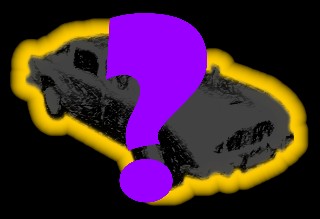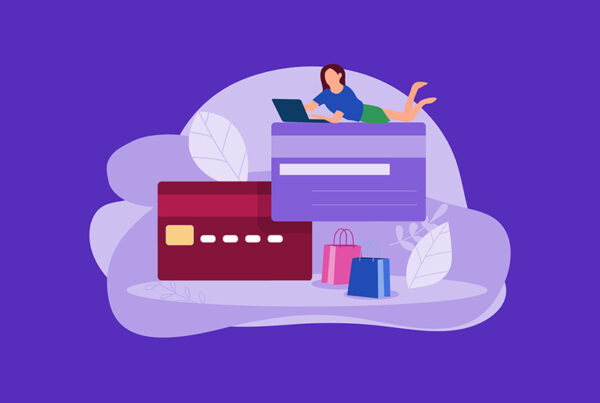In my last post, I explained how product brochures continue to remain relevant in today’s technology marketing portfolio. Yes, that’s right – I said product brochures. Although these documents might seem to be an anachronism in this age of social media, I have found that during the late stages of a sales cycle customers continued to require a document that explains specifically what a product does. Product brochures offer an opportunity to differentiate your offerings from those of your competitors. However, a critical aspect of differentiation will be clearly and concisely providing the relevant information needed to make a decision. Let’s start by discussing the meat of any good product brochure – the features and benefits.
The features section is the most important of the brochure. This is where you need to clearly and concisely explain what the product does. Marketing communications professionals often argue with me that product brochures should focus only on benefits and not on features. However, I could not disagree more. Buyers are looking not only to understand how a product benefits them but also what the product does. If the prospect doesn’t understand what features the product provides then the benefits are meaningless.
For example, suppose I told you that you could buy a car that has “excellent safety ratings,” “great gas mileage” and is “amazingly fun to drive.”
Would this convince you to test drive the car? I don’t think so, because you don’t even know what type of vehicle it is. You would probably ask questions such as:
- Is the vehicle an SUV, a sedan, a compact, a station wagon?
- What size engine does it have – four, six or eight cylinders?
- How many doors does it have – two, four, five?
- What is the gas mileage for city and highway usage?
- What is the entertainment system – does it include iPod connectivity?
Buyers use features to narrow down choices. If I told you there was a software application you could buy that would reduce inventory, improve customer service and lower your costs, would you take an appointment with the vendor? Probably not without knowing whether the software was a word processor, enterprise resource planning application or a relational database platform.
Communications professionals are right to state that there needs to be a focus on benefits. Historically, product managers have written brochures that are primarily feature-oriented. However, the answer is not to eliminate feature statements and only write benefits. You need to do both well.
What should you write about features? Select the four or five most compelling features to focus on. Don’t write about eight or ten different features. Provide a two to three sentence description of each feature. Avoid having inconsistent lengths in your feature descriptions. For example, it appears strange when one feature has eight sentences of detail, but the others only have two sentences of detail.
Tease the reader. I would rather than the reader walk away with a few questions still to be answered than to stop reading the brochure mid-way because it is providing too much detail. In the former case the prospect is likely to contact you to seek out answers. The latter case could lead to unpredictable results.
Benefits
Benefit statements are critical. Benefits can be extremely powerful in a brochure, but only if they are adequately explained. One of the biggest mistakes that I find with benefits statements is that writers use too many sweeping generalizations without providing specifics on how and why. For example, every technology vendor claims that their products can “accelerate time to market,” “improve customer service,” “lower cost structures” and “enable additional revenue generation opportunities.” But many companies don’t explain how the features provided in the product help to achieve these benefit statements.
If your product legitimately offers these benefits then it should be easy to explain why and how it does so. Otherwise, the claims will be quickly dismissed as vendor marketing hype.
Also, be sure your features are features and your benefits are benefits. It is tempting to mix the two. The reason I encourage writers to split the two is actually more for the writer than the buyer. I have found that by forcing people to distinguish between benefits and features, they will spend more time refining the messaging. And the result will be more compelling positioning.











Thank you for the information. I will be distinguishing my features from benefits from now on.
I agree that in every marketing you should have features and benefits.
But I would shift the balance so your intro pieces e.g. landing pages have more focus on benefits. Sure, they must describe what the software does as in what category does it fall under.
And later pieces like product brochures drill down in features and specifications.
Is a brochure’s intent to “convince you to test drive the car?” I don’t agree.
Since when is the purpose a “leave behind” to take the prospect from step 1-4?
They are meant to Engage, so that the Compelling reason you created in your message, for them to seek more info, causes them to seek more info.
Features do not create compelling reasons to do anything other than throw it in the trash.
Do the same as every salesman and never stand out will result in spending 85% of your time chasing people who Never buy.
(20yrs in sales here… I think I’ve earned the respect to make this comment)